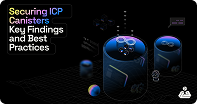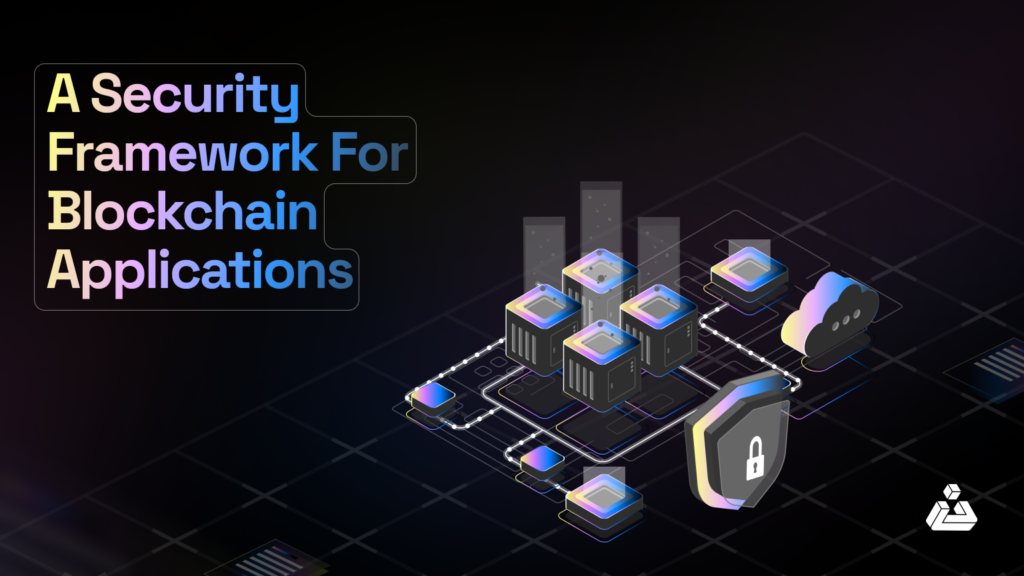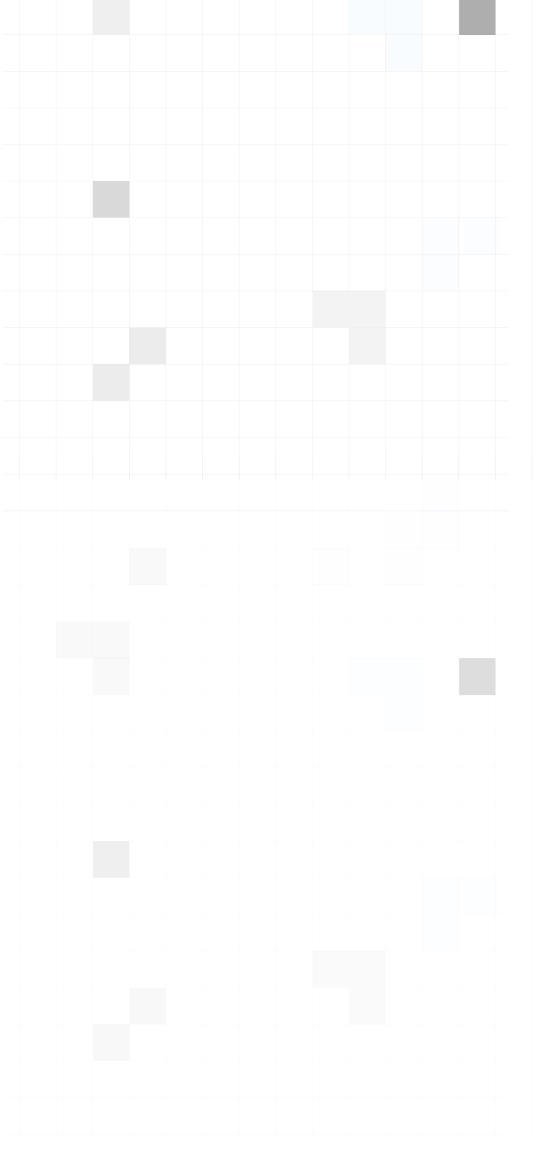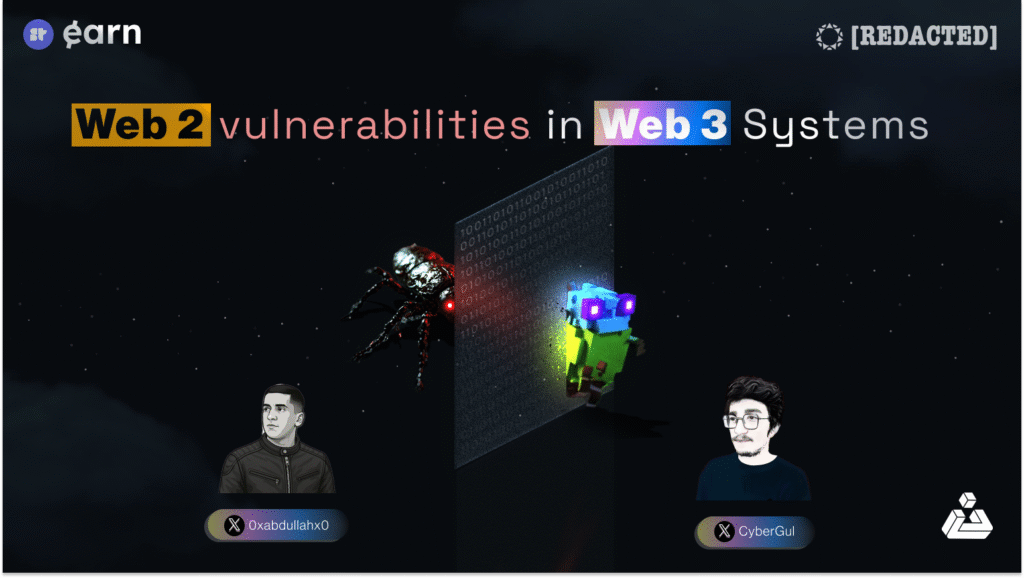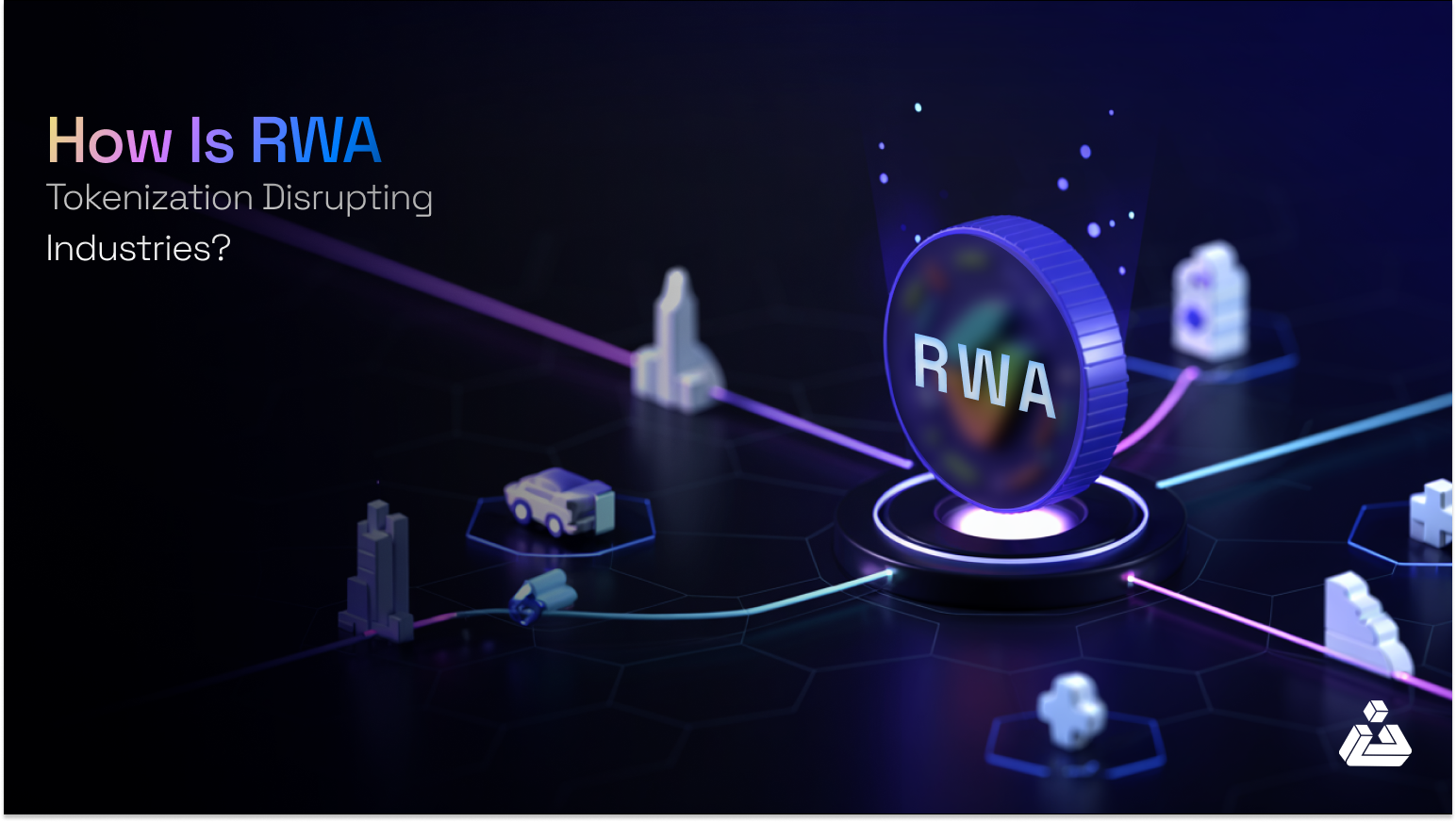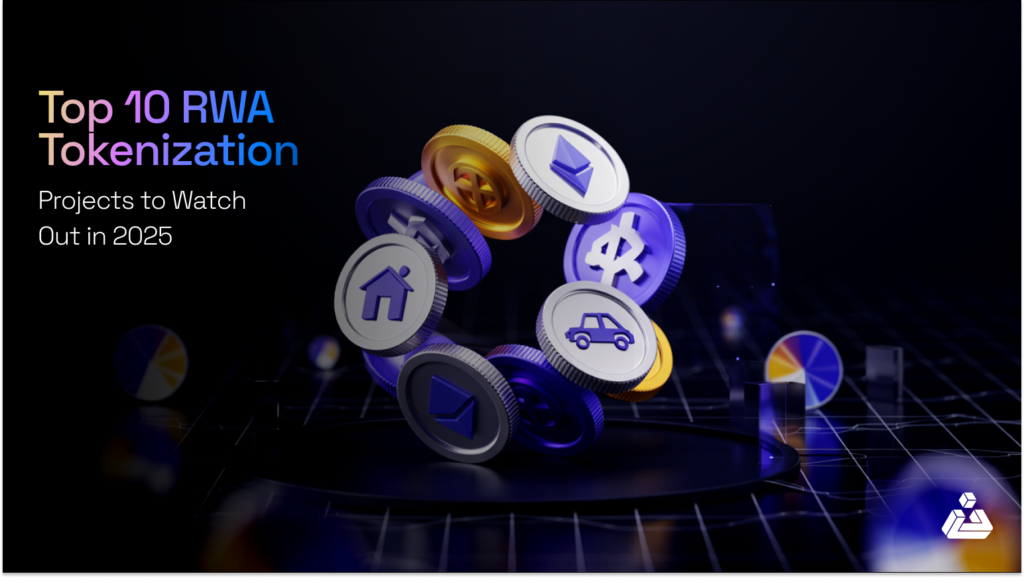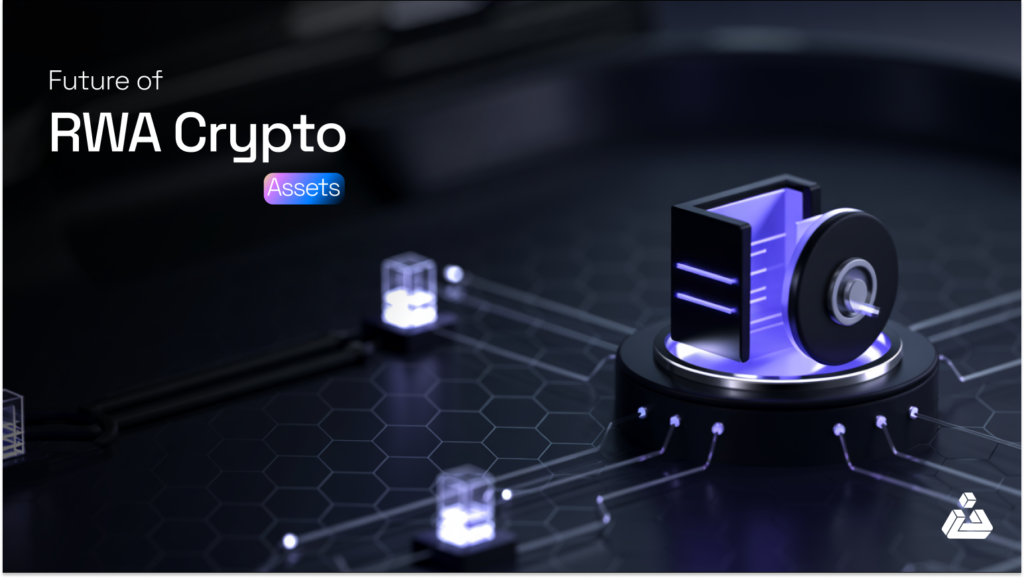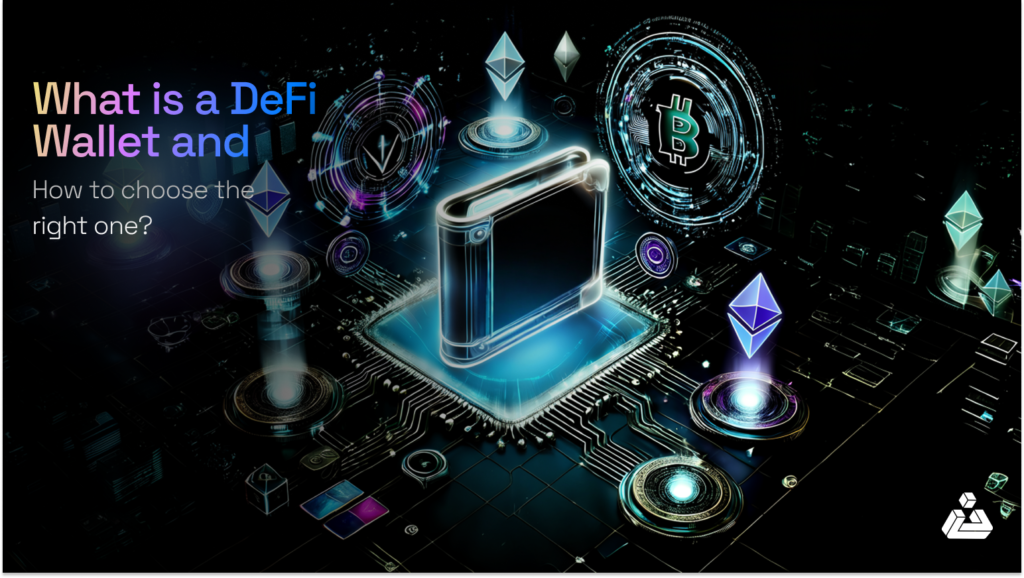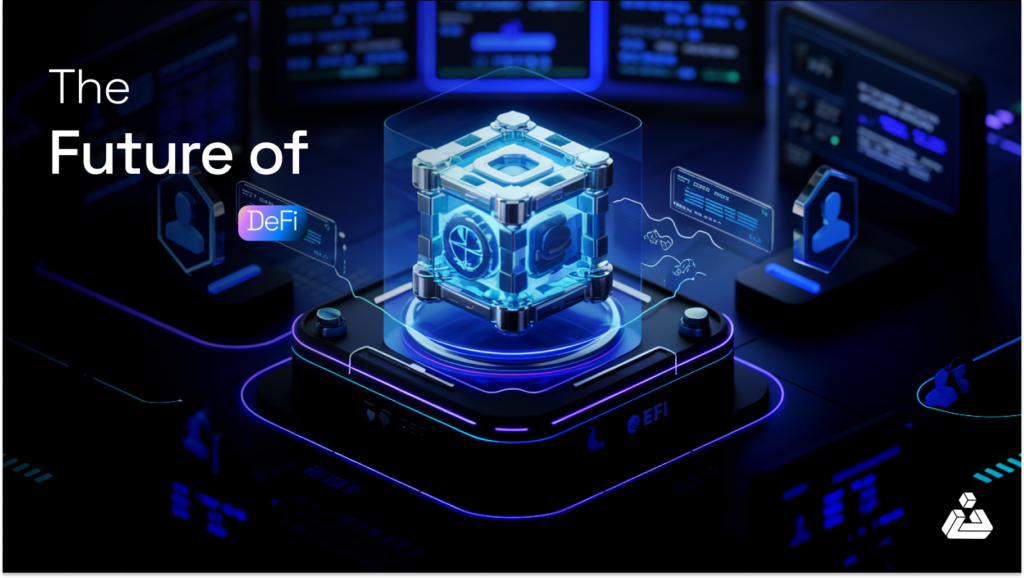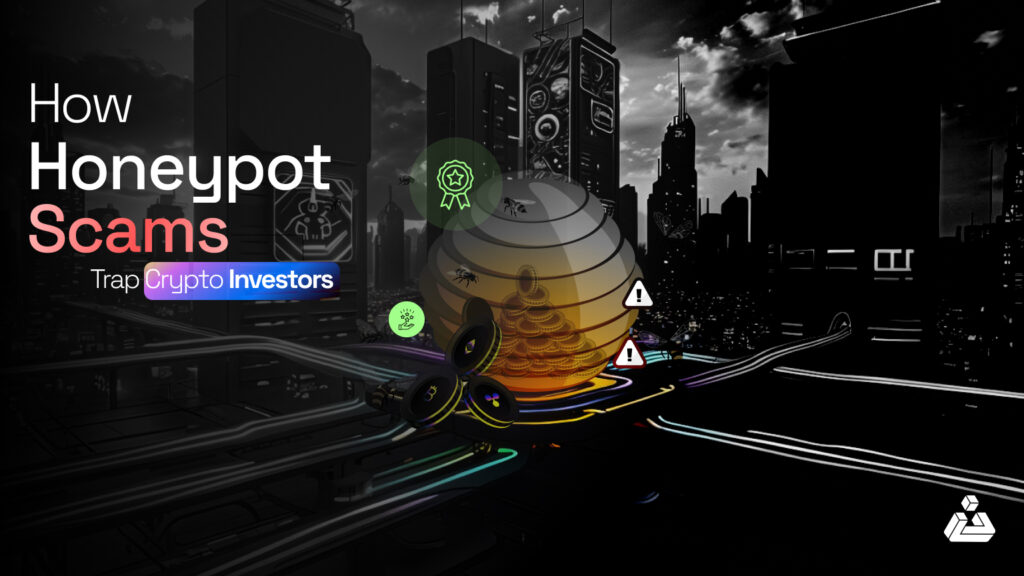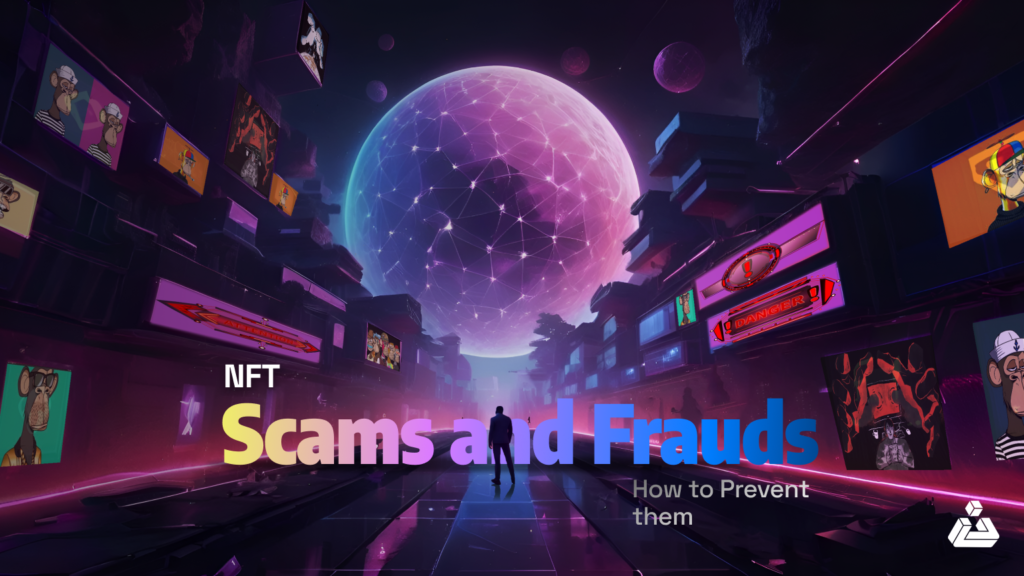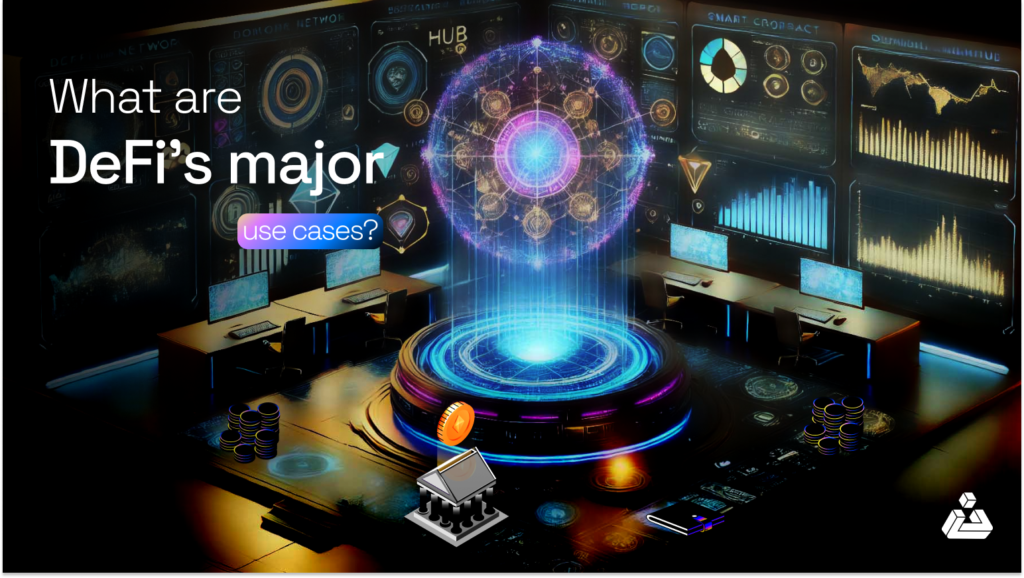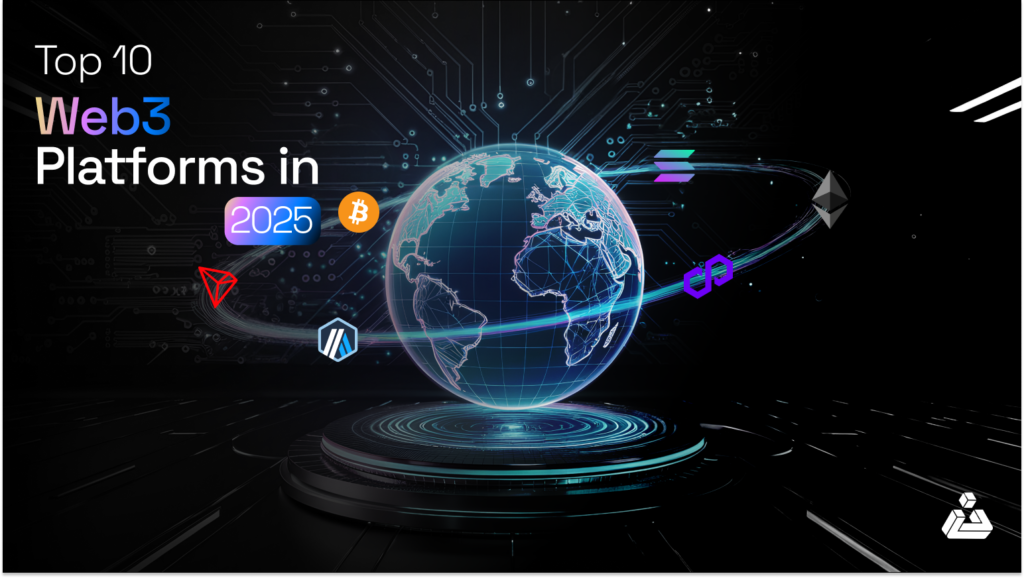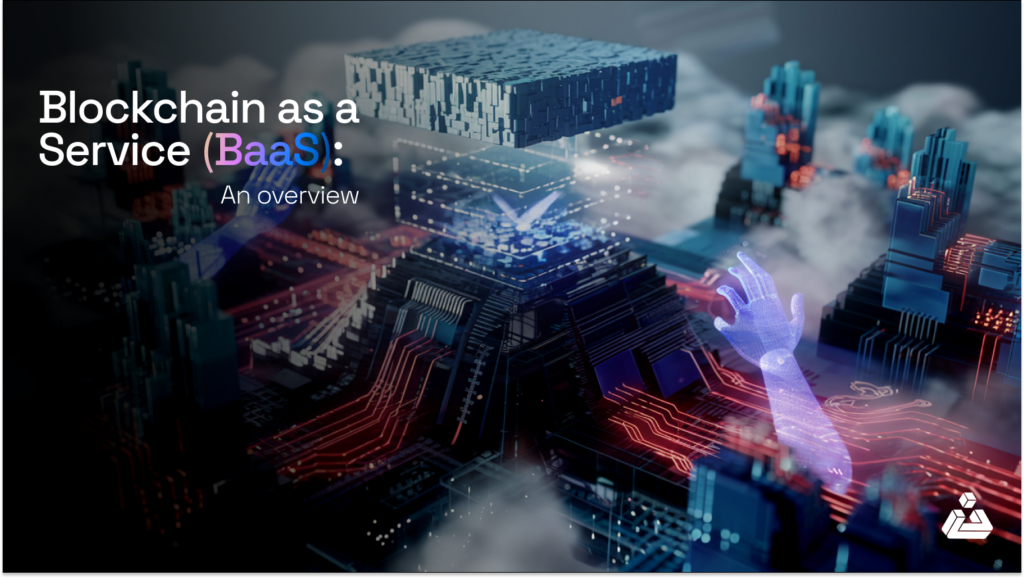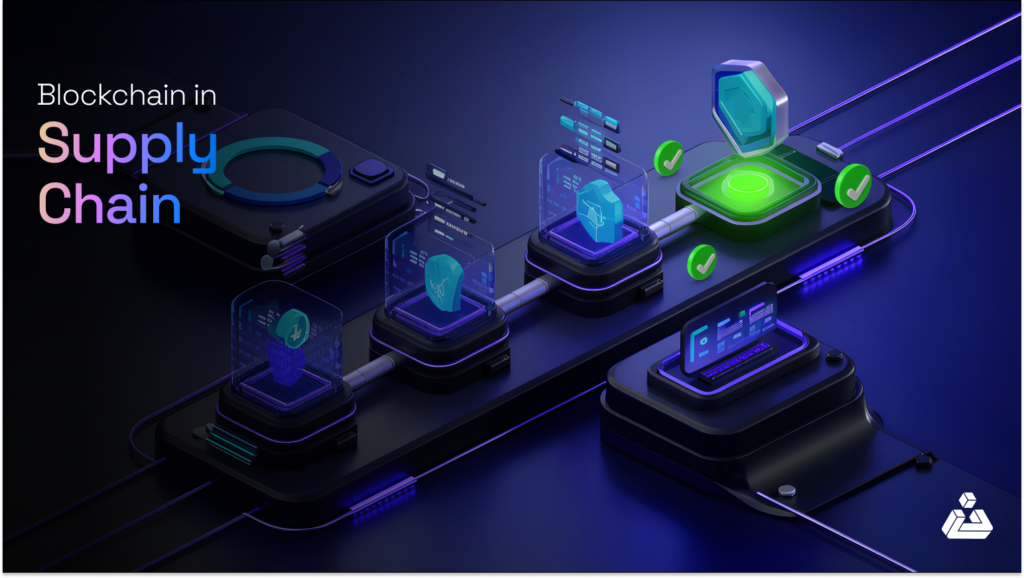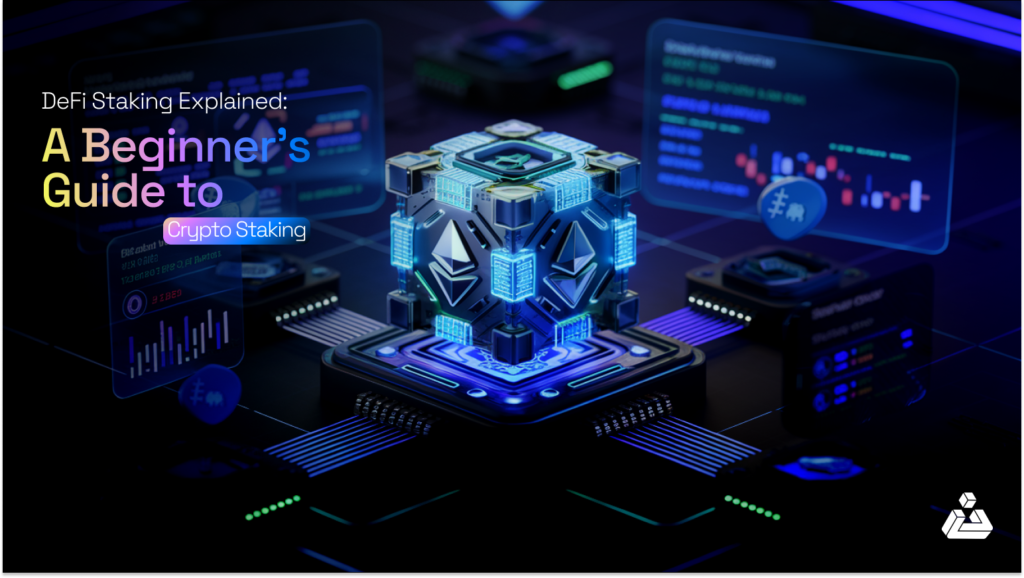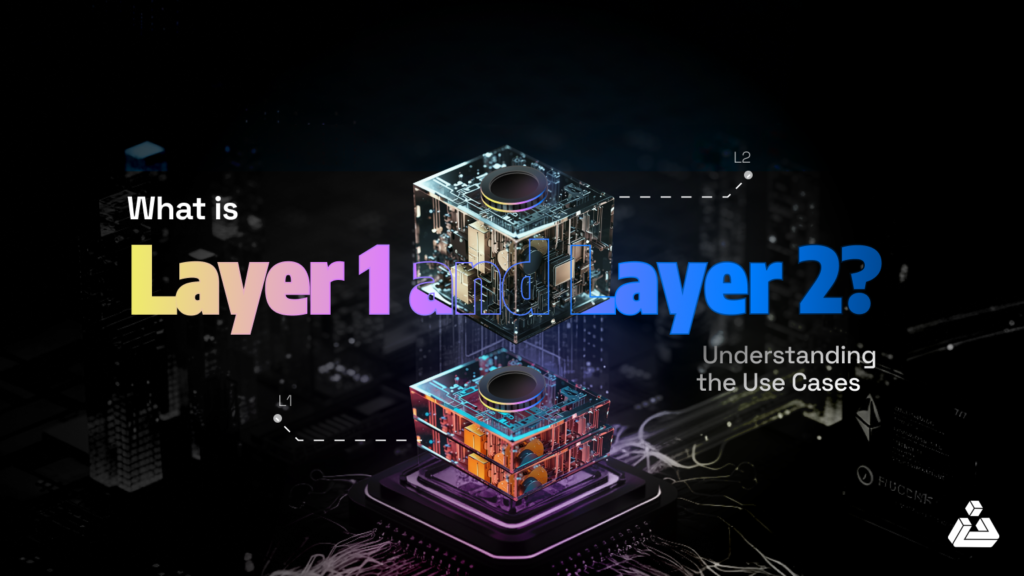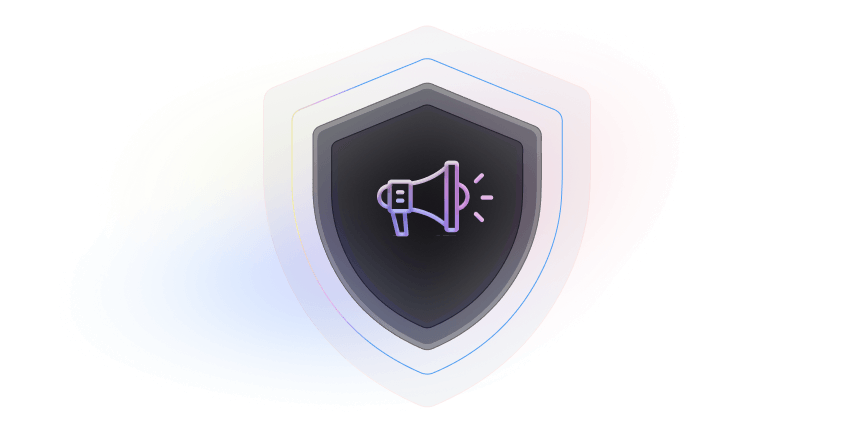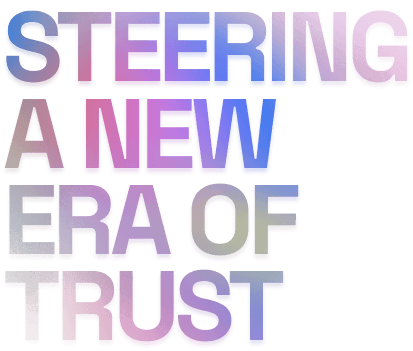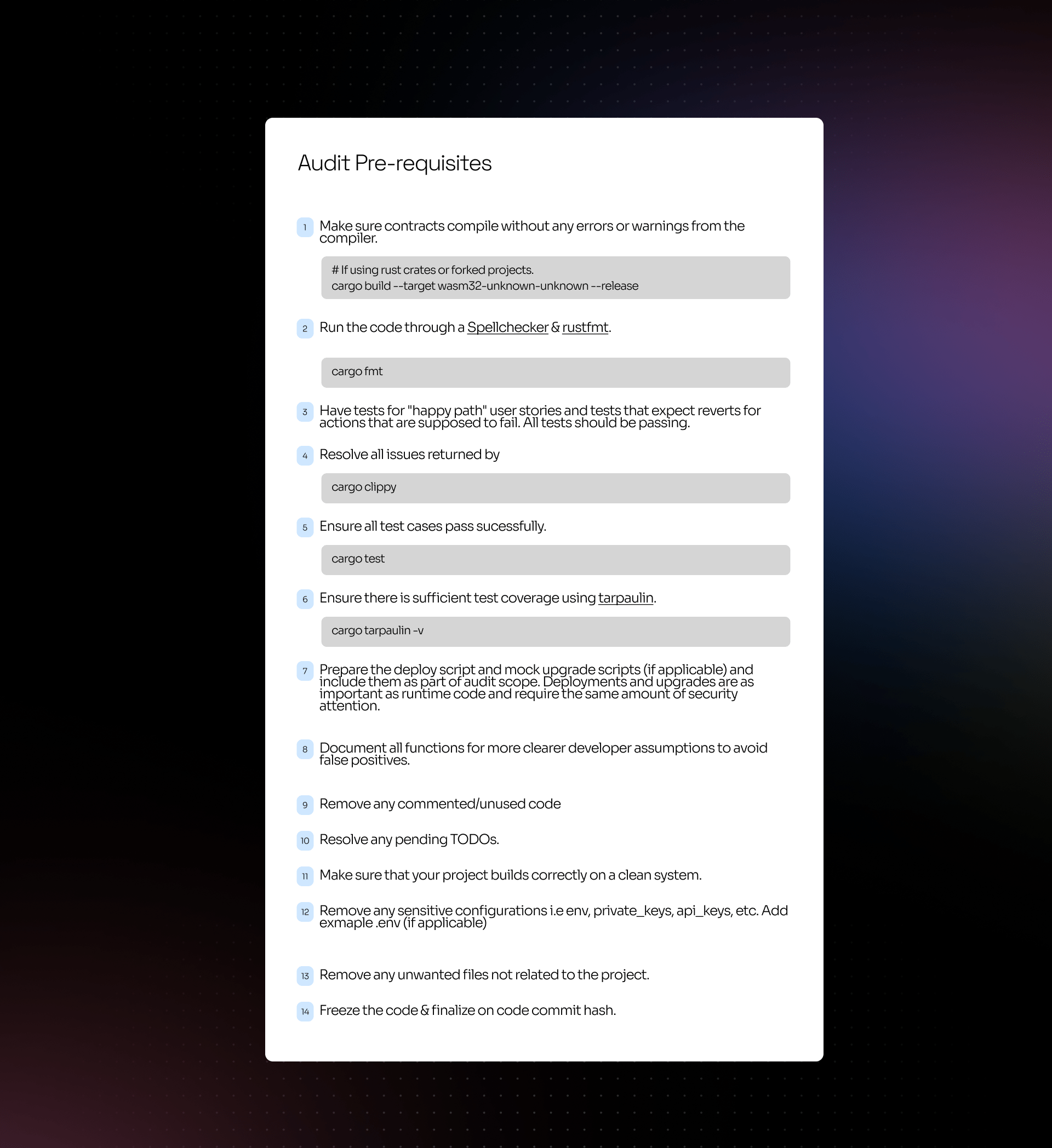Blockchain technology is fundamentally used for cryptography, but nowadays, companies are using it to handle distributed databases and even healthcare. So why are they opting for it? Simple! Blockchain assures security through transactions that are made through consensus and decentralization. A Security Framework For Blockchain Applications deep dives into this domain.
Yet blockchain is prone to cyberattacks like London Hard Fork, where the hacker was successful to steal $50 million worth of funds. So here arises another question, how do we keep the blockchain application safe? Let me walk you through some security frameworks for blockchain applications. But first, let’s see some cyberattacks.
Blockchain World & Cyberattacks:
Blockchain is secure but that doesn’t mean it can not be hacked! History has given us a lot of incidents to witness due to cyberattacks. There were trillions of losses in the blockchain world.
According to the statistics, the 6 most costly blockchains were hacked in 2021. Another survey showed that manipulating decentralized finance (DeFi) protocols was the fastest-growing method to swipe crypto in 2021. More than $1.6 billion has been exploited from DeFi in 2022 thus far!
So what kinds of blockchain security frameworks are there? Keep reading to find out!
Blockchain Security Framework:
When creating a blockchain application it is really essential that all the security measures are taken into account. A complete security-controlled framework for applications contains
Data Privacy:
Data privacy is the protection of personal information from unauthorised access and use. It ensures the collection, storage, processing, and use of personal data in an appropriate manner.
Smart Contract Security:
Rigorous analysis of the smart contract allows the security specialists to go through every line of code and identify any loophole present. Smart contract auditors at BlockApex do automated reviews along with extensive execution of the test cases in search of any vulnerabilities to secure the blockchain applications.
Identity & Access Management:
Identity and access management is very essential as it allows people to access the resources, the blockchain application should be smart enough to identify appropriate people to access it.
Advanced Penetration Testing:
Advanced pen testing involves a deep security assessment and the latest offensive security approach to discover crucial vulnerabilities in applications before they are exploited. It includes pen testing everything from web apps to wallets and Layer1 blockchains and other assets like bridges, cryptocurrency wallets, web apps, mobile apps, digital custody solutions, cloud security, and APIs.
Key Management:
Public Key Infrastructure (KPI) is utilized in the blockchain to verify and confirm the transactions made on the blockchain. Securing the key management function could be an obstacle, as an attacker if found the keys by any means like brute force, side-channel attack, physical access to the system, ineffective encryption, replay attack, etc. They can enter and make destructive choices by swiping millions from it. So it’s really crucial to protect the keys.
Complete Security:
This includes completing and constantly evaluating the company’s most vital assets, pushing maximum automation, and delivering top cybersecurity consulting and implementation every step of the way. This includes security architecture assessment, code audits, security best practices, custom red team engagements, web application pen-testing, cloud provider pen-testing, API pen-testing, technical security compliance, continuous smart contract auditing, blockchain protocol security assessment, and DevOps.
In a Nutshell:
Taking all these security measures into account it is highly recommended that security should be top-notched so that the Dapp remains intact and funds safe.


